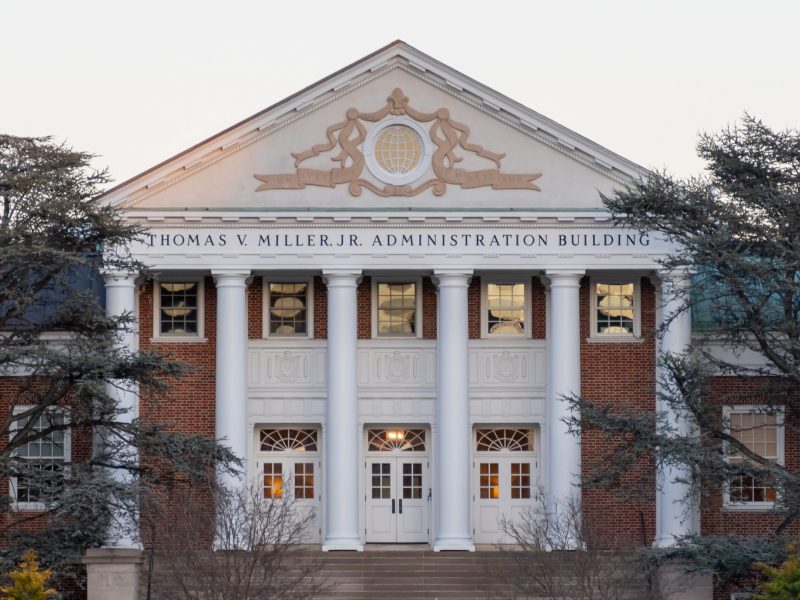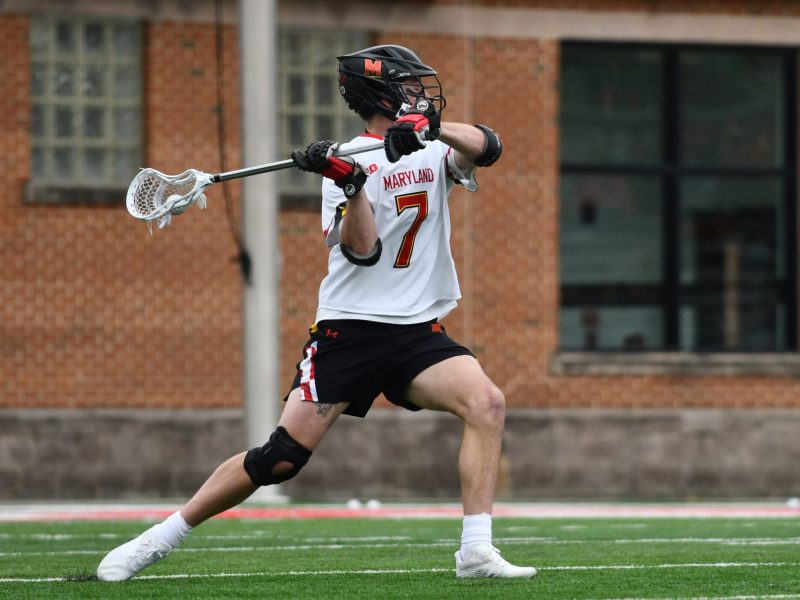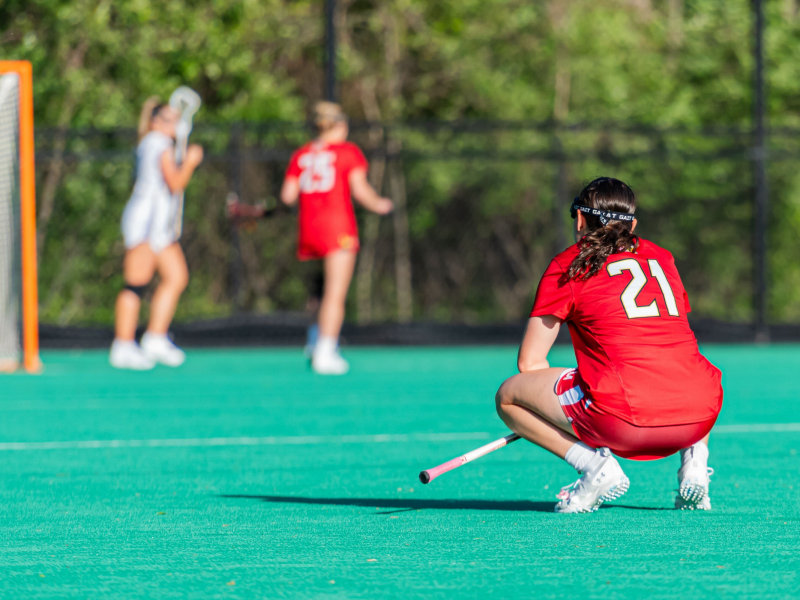
UMD Graduation Rates Increases 2003-2013 (GRAPHIC)
Senior accounting major David Garrett originally wanted to attend a historically black college, as his father had done. He “kind of hated the fact” that he would miss out on that close-knit environment by attending the University of Maryland.
But then he joined College Success Scholars, an academic and social organization aimed at supporting black and Latino male students at this university, and found people who he said not only helped him learn study skills, but also gave him a sense of family.
READ MORE: ONLY ONE IN THE ROOM
“If I wasn’t in the program, I don’t know,” said Garrett, who now serves as president of the Black Student Union. “I honestly don’t know if I would know my way around campus.”
College Success Scholars, he said, is just one way this university is working to recruit minority students and retain them.
This university’s six-year graduation rate for underrepresented minorities rose almost 14 percentage points — from 61.8 percent to 75.6 percent — from 2003 to 2013, according to an Education Trust report released Wednesday. During the same 10-year span, white students’ graduation rate increased 7.7 points from 77 percent to 84.7 percent, and the overall rate rose 9.2 points from 73.5 percent to 82.7 percent.
Additionally, Education Trust found, the gap between underrepresented minorities and white students at this university closed by 6.1 percentage points — the 16th-greatest change among the nearly 500 four-year public institutions studied. It ranked fifth-highest among listed Big Ten schools.
“We’re really excited to be acknowledged by Education Trust, and it really affirms what we knew,” said Kumea Shorter-Gooden, this university’s chief diversity officer. “We’re going in the right direction.”
But while this university stands near the top of this list, black representation on the campus has declined slightly on all fronts from fall 2008 to fall 2014. About 12.7 percent of undergraduates, 7.2 percent of graduate students, 23.7 percent of staff and 4.6 percent of faculty were black last fall, down from about 13.1 percent, 7.9 percent, 26 percent and 4.9 percent, respectively, according to data from this university’s Office of Institutional Research, Planning and Assessment. Hispanic and Asian undergraduate student representation has increased over the same period.

UMD Graduation Rates Increases 2003-2013 (GRAPHIC)
“The ‘diverse campus’ statement is always said and preached, but is it a diverse campus when you look at individual classrooms?” Garrett said.
Discrepancies in K-12 education and financial burdens often pose challenges to minority and low-income students, contributing to the gap in academic achievement and graduation rates, Shorter-Gooden said.
Low-income students, many of whom are underrepresented minorities, might also need to work part-time while attending school, she said, which can get in the way of their studies.
To combat these issues, the university offers programs like College Success Scholars and UM Success, another organization aimed at increasing retention and graduation rates, to help minority students by providing academic and cultural support, Shorter-Gooden said.
Senior sociology major and public policy student Kendall Foster participated in the Academic Achievement Programs, a federally funded initiative to help first-generation and low-income students earn their degrees.
Students in the program live on the campus and take college courses for six weeks during the summer before their freshman year in a rigorous “academic and … social boot camp,” said Foster, educational chairman for this university’s NAACP chapter.
“I was provided with a lot of resources to make sure that I matriculated into the university in kind of a smooth way, and I think I had a different experience juxtaposed to my peers,” Foster said. “Those programs, they really work and they need to be funded, they need to be expanded and they need to be recognized.”
The Office of Multi-Ethnic Student Education also provides tutoring and mentoring opportunities, while the Office of Multicultural Involvement & Community Advocacy and the Nyumburu Cultural Center help students feel more comfortable on campus and “find their voice,” Shorter-Gooden said.
Despite the university’s improvement, she said, there is still “a ways to go” until the gap between white and minority achievement is gone.
READ MORE: STUDY: Graduation rate gap for low-income UMD students above average
Shorter-Gooden said the university needs to continue improving the climate for minority students. When students experience microaggressions or feel alienated, she said, it is more difficult for them to excel in school.
“We need to pay careful attention to that to hear students’ voices, and to figure out how we can make inclusion an even higher priority in terms of our actions and behavior,” she said. “Part of it is acknowledging that bias and stereotypes, unconscious bias, implicit bias are alive and well … and that we all participate in this.”
Christopher Lester, director of the Office of Multi-Ethnic Student Education and College Success Scholars, echoed Shorter-Gooden’s sentiments, and also suggested implementing a course or training program for staff and administrators on respecting social identities, focusing on the effects of stereotypes.
“To close and eliminate the achievement gap, all members of the university community have to understand that it is a collective responsibility,” Lester said. “It starts with a respect for differences, but it has to be institutionalized.”
He also emphasized the importance of hiring diverse faculty and administrators so students can “see themselves” in the university community. Of the 1,490 professors, associate professors and assistant professors at this university this fall, 68 are black, 57 are Hispanic and 211 are Asian, according to data from this university’s Office of Institutional Research, Planning and Assessment.
“It has to go beyond,” Garrett said. “The university has to help retain more of these kids, not steer them away.”


